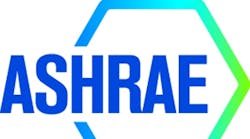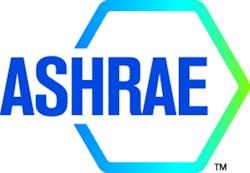A proposal to incorporate Subclass 2L flammability classifications into ANSI/ASHRAE Standard 15, Safety Standard for Refrigeration Systems, is open for public comment until Jan. 18, 2016.
“The expectation was that some of the Class 2L refrigerants would be commercialized and used as substitutes for Class A1 refrigerants that are in use today,” Dennis Dorman, chair of the Standard 15 committee, said. “Refrigerants in use today may come under regulatory pressure due to their relatively higher global-warming potential. But to do this without major economic impact, Class 2L would have to be safely applied without the stringent application limitations imposed by Standard 15 on other flammable refrigerants. In other words, in order to be broadly applied, Class 2L refrigerants would need to be treated more like Class 1 than Class 2 or Class 3.”
At the start of its deliberations, the committee discovered there was almost no science to support changes to, let alone relaxation of, Class 2 requirements, Dorman said. In July 2011, a first public review of proposed Addendum d was made available with numerous comments received. Since that time, the committee has been addressing the technical issues identified from that review.
Dorman noted Standard 15 covers the full range of applications from residential to commercial to industrial. As such, there is an unusual degree of complexity in considering appropriate rules for each.
After almost four years of research and other supporting activities conducted by industry partners, the committee has much of the technical information to support proposed changes to Standard 15.
“With this public review, we are seeking suggestions for new, unusual, or potentially controversial elements of the proposed addendum, which the committee believes would benefit from increased public input prior to finalizing the draft for its first formal public review,” Dorman said. “Additionally, we want to make sure that we do not overlook important safety aspects that may come from various users of the standard, both domestic and international.”
For more information and to comment, go to www.ashrae.org/publicreviews.










